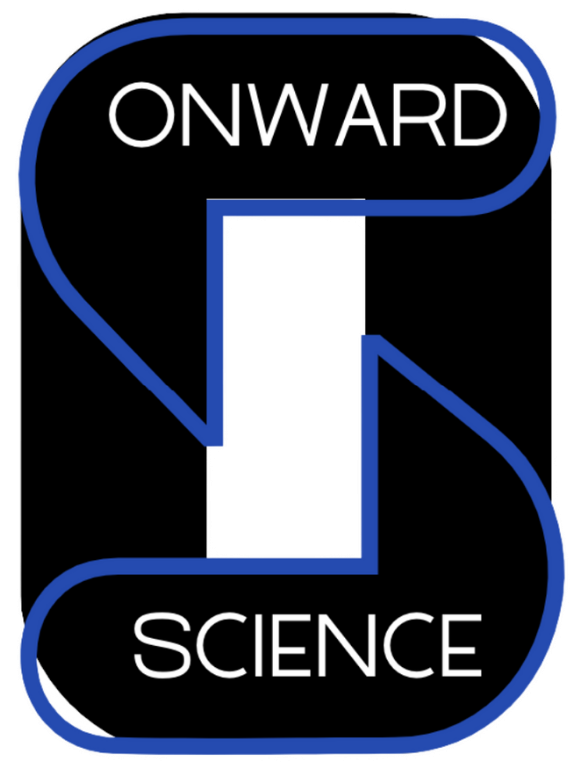Growing up on the east end of Long Island in the 80s meant that much of our free time was spent out in nature. We explored the forests of the Pine Barrens, swam in Seatuck Cove, and because the nights were so dark, we often spent the nights looking up at the myriad stars. Back then, one could see the Milky Way streaming across the dark night sky.
Fast forward a few decades, and the stars are a bit harder to see due to increasing light pollution. Once a problem relegated to the more proximal suburbs of New York City, the amount of light pollution has risen steadily along with the growth of the population in Long Island’s more rural areas. To see the stars as we did as children, one would have to travel to less populated destinations or settle for the digital projections of one of the area’s planetariums.
While technological advances in digital projection have allowed venues like the Vanderbilt Planetarium in Centerport and the esteemed Hayden Planetarium in New York City to put on world-class displays, there is something almost magical about being outside on a dark, clear night, listening for the music of the stars.
The Last Bastion of Stargazing on Long Island
The institute, which is located in one of the last dark areas on Long Island, is home to a cadre of volunteer astronomers who support the mission of the Custer Institue and share time viewing the observable universe through one of the observatory’s telescopes.
In addition to their own astronomical efforts, these volunteers also host a series of events that are open to the public, and which are suitable for both children and adults. Many of these events are free, though donations to support the institute are always welcome.
Custer Institute & Observatory
Home to a 10″ Zerochromat refracting telescope (the largest of its type in the United States) in the main observatory dome, Custer Institute provides visitors a unique opportunity to view the night sky as it is seen by professional astronomers. The observatory is open to the public every Saturday evening from dusk until midnight, and visitors are welcome to join staff on tours of the library, observatory dome, and stargazing through the main telescope (and often through the other telescopes owned by the organization).
Many amateur astronomers will convene on the grounds of Custer Institute with their own telescopes on Saturday nights and are often happy to share their hobby with visitors by highlighting the difference between reflector, refractor, and radio telescopes, and explaining astronomy in simple terms that even the youngest kids will understand.
Learn About Astronomy
While viewing the stars through professional telescopes is certainly one of the main highlights, Custer also offers classes, lectures, and events for stargazing enthusiasts of all ages. While the Saturday Astronomy Night is free, many of the lectures and events do have a small fee that helps support the institute and the work of its volunteers, so be sure to check the Custer Institute website for information before attending.
The institute is also home to the Custer Library, and a small “maker space” hosted at a table upstairs where the curious can experiment with making and repairing telescopes, designing software, 3D printing, and more. Astronomy in the modern age brings together scientists and engineers from a wide array of disciplines, and the library and maker space provide resourcesfor these intrepid explorers to play, design, and create.

Custer Institue Trivia
Custer Institute was founded in 1927 by Charles Wesley Elmer (co-founder of the Perkin-Elmer Optical Company), along with a group of fellow amateur astronomers. The institute was named for Elmer’s wife, May, whose maiden name was Custer. May was the grand-niece of General George Armstrong Custer. The observatory dome was built in 1947. In 2006, Custer’s observatory was renovated with a brand-new 22-foot galvanized steel dome. Among the items on display is a meteorite collection, which includes a Shergottite from Mars.
Visiting Custer Institute
Custer Institute is generally open every Saturday evening from dusk until midnight, weather permitting. Saturday evening tours are great for both kids and adults, though there are steep stairs leading to the observatory dome, and some sensitive equipment that might not be suitable for the youngest astronomers.
If you’re curious about what you might see in the night sky during your visit, there is a Night Sky Planner which you can find by clicking the link at the top of the Custer website. Or, if you want to do it the old fashioned way, you might want to pick up one of these handy star guides: https://amzn.to/3jiy7m5
Custer Institute & Observatory
1115 Main Bayview Road
Southold, New York 11971


